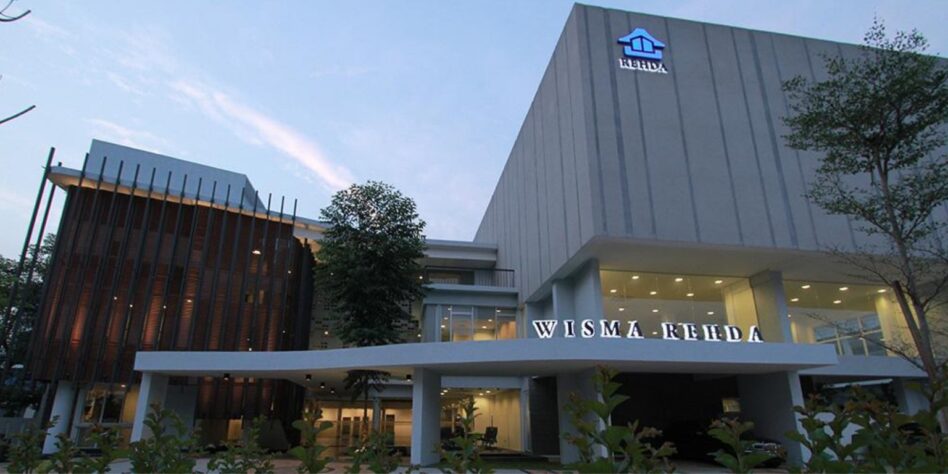By Ranjit Singh
GLOBAL oil prices have spiralled down lately below the US$30 per barrel level and the stock markets around the world have been sent into a tailspin from the outbreak of Covid-19.
As the government grapples with this new “normal”, will it seek special dividends from the state oil company Petroliam Nasional Bhd (Petronas) to weather the storm? This is an especially pressing question as the government is running a deficit budget and requires additional funds to mitigate the economic impact of the virus.
Petronas president and group CEO Tan Sri Wan Zulkiflee Wan Ariffin said on Feb 24 there was no plan for a special dividend payment to the government this year.
Last year, Petronas paid a total of RM54 bil dividends to the government, comprising RM24 bil in normal dividend and RM30 bil in special dividend. The additional RM30 bil was to help the government settle refunds of RM37 bil in Goods and Services Tax and income tax.
Socio Economic Research Centre executive director Lee Heng Guie told FocusM that although Petronas had the reserves to pay a special dividend, there were other considerations to take into account.
“Petronas’ revenue will suffer from lower oil prices and as a result it has to have more buffers in reserves to mitigate lower prices, It also has to think about its capex (capital expenditure) requirements,” he said.
Lee added that as a sovereign entity that was rated by international rating agencies, the special dividend payment may incur the wrath of rating agencies. A downgrade would mean the cost of funds would escalate for Petronas and this could be detrimental to its financial health in the long run.
However, Dr Yeah Kim Leng, a professor at Sunway University, had a different view.
“The dividend to be given this year is based on last year’s performance. The major impact of the low oil price on the government’s coffers will therefore occur in 2021. However, the national oil company has accumulated a sizable reserve from which it could still maintain the dividend amount requested by the government,” Yeah told FocusM.
Petronas’ net profit dropped 27% to RM40.5 bil for the year ended Dec 31, 2019 from RM55.3 billion recorded in 2018.
This was primarily due to lower revenue as well as net impairment on assets amounting to RM7.3 bil. Its revenue slipped 4% to RM240.3 bil from RM251 bil in 2018, mainly due to lower average realised prices for major products.
This was partially offset by the impact of higher sales volume, mainly for petroleum products and liquefied natural gas, coupled with the effect of the weakening of the ringgit against the US dollar.
The group expects a challenging operating environment in 2020, given the ongoing geopolitical uncertainties, prolonged trade tension and near-term demand disruptions due to the Covid-19 outbreak.
Meanwhile, the group allocated RM50 bil on capex this year, based on the assumption of oil price at US$50 per barrel. Last year, the oil price averaged US$71 per barrel. At the time of writing, Brent was hovering around US$30 per barrel.
Petronas’ net cash position as at Dec 31, 2019 stood at RM81.6 bil, which indicates that there is no problem paying a large dividend. It would seem that if reserves are to be used in times of difficulty, now is a very good time to do so. – March 20, 2020









